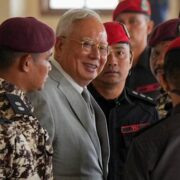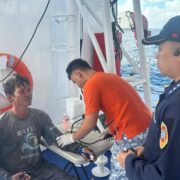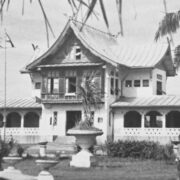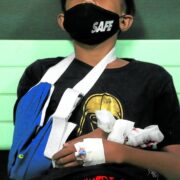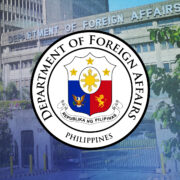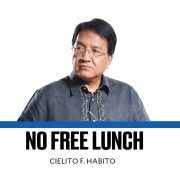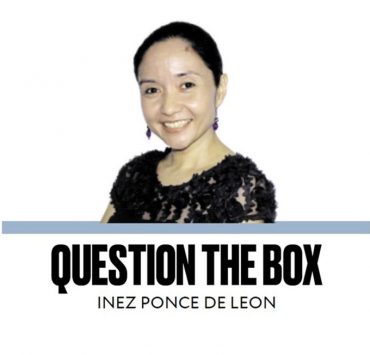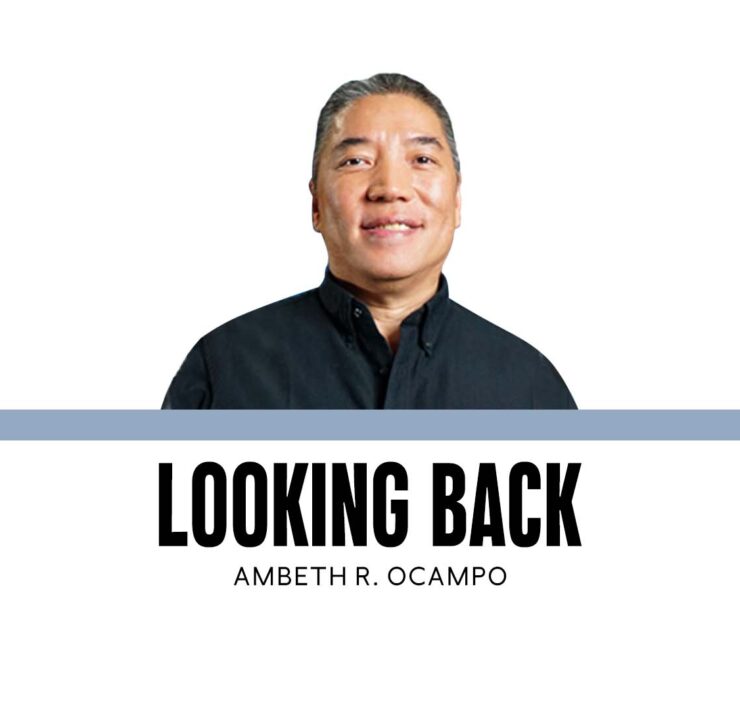Ped Xing and Zhao Rugua
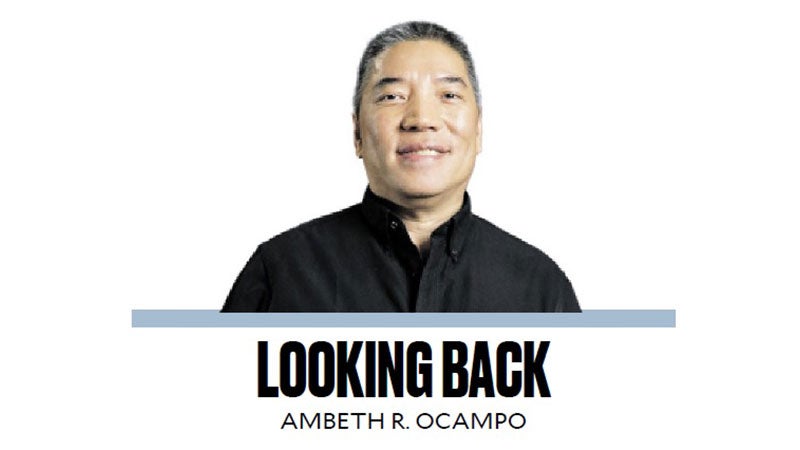
Cruising down Roxas Boulevard some years ago, my publisher pointed to a yellow street sign across Aristocrat Restaurant and asked, “Who is Ped Xing?” Using my formal tone, and speaking ex-Cathedra from an endowed professorial chair in the Ateneo, I declared: “Ped Xing was a Chinese immigrant who fought on the side of Filipinos during the British Occupation of 1762. You must have been absent from Araling Panlipunan the day this was taught!” Everyone else in the car caught the joke but kept quiet to insure publication of my first work of fiction “Ped Xing: Unsung hero of the 18th century Philippines.”
Chau Ju-Kua is a name that every Filipino student preparing for a quiz bee should have on the tip of their tongues, not Ped Xing (Pedestrian Crossing.) For additional points, the contestant should also know that the writer is also known as Zhao Rugua in modern Chinese orthography. Years ago, while browsing in Isseido, the landmark Tokyo bookstore where I picked up rare Filipiniana, I saw “Chau Ju-Kua” on the shelves dedicated to China and Chinese culture. Opening to the preliminaries, I saw that it was a translation from the original Chinese “Chu fan-chi.” Two translations of the title could be rendered as “Records of Foreign Nations,” or the now politically incorrect “Description of Barbarous Peoples.” Personally, I find the latter offensive because it contains references to the Philippines and Filipinos before Ferdinand Magellan. Translators were Friedrich Hirth and W.W. Rockhill whose obscure work was published in St. Petersburg in 1911 by the Russian Imperial Academy of Sciences.
While I was familiar with the text of Chau Ju-kua’s “Chu fan-chi,” I didn’t realize how scholarly it was presented in the 1911 edition. Compiled from various sources, there is more to the book than the three pages devoted to the Philippines. Divided into two parts, the first has 46 chapters describing various lands and peoples from Tongking to Hainan. I presume the latter is the place from which Hainanese chicken rice originated. Chapter 40 is on the Philippine Islands then known as “Ma-I.” Chapter 41 on Busuanga, Calamian, and Palawan known to the Chinese as “San-su.” The second part of the book has 43 chapters that detail the products of these lands, including Frankincense and Myrrh, the two gifts presented by the Magi to the child in a manger in Bethlehem. Exotic items like ivory, rhinoceros horn, tortoise shell, and feathers of Kingfisher are described as well as items new and wonderful to the Chinese then but common to us: jackfruit, coconut, areca nuts, pearls, and parrots. I learned that Chinese traders also came looking for mats or “banig” with “those coming from Pu-li-lu in San-su (the Philippines) being of the poorest quality.”
Antonio Pigafetta, chronicler of the Magellan expedition, had a lengthy description of the coconut and its various uses. Chau Ju-kua describes it as a tree whose trunk and leaves resemble those of the areca. He continues:
“The fruit grows in the leaves in bunches of several nuts of the size of a vessel holding five pints. It is the biggest of fruits, with the sole exception of the jackfruit. When cut, the outer skin is at first green and tender, but after some time it turns yellow, and when kept a long time the skin shrivels and dries up. The nutshell contained in the outer skin can be made into vessels; the pulp inside the shell is of a jade-like white, and of an agreeable taste, resembling that of cow’s milk [that’s gata not coconut water right?] The juice inside the pulp is very clear and fragrant when fresh, but when stale it turns muddy and is no longer drinkable. In the states of Nan-p’I (Malabar) they make wine out of the juice of its flower mixed with syrup.”
Teodoro A. Agoncillo taught me that a historian should, when possible, visit historic sites because while the area may have been developed or built on, knowing the context of a place always yields insights. I guess the same can be true about texts and books. One should not rely on an English translation but go back to the original, and if available go back to the original source or manuscript. We endured Rizal’s novels from corrupted translations in school. Reading it in the original Spanish was a revelation, more so reading it from Rizal’s handwritten manuscript. I’m glad I browsed the entire book and didn’t confine myself to the three pages that refer to the Philippines, otherwise, I wouldn’t have learned about dragon’s blood, cat’s eyes, and ambergris.
Translators littered “Chu fan-chi” with Chinese characters that I cannot read, these surely reveal more than the simple phonetic translation. Oh, so much history is closed to me because of language. The footnotes for “Ma-I,” for example, refer to the ethnographic work of Ferdinand Blumentritt (in German!) and Antonio Pigafetta. From “Ma-I,” the Chinese sourced yellow wax, cotton, pearls, tortoise-shell, medicinal betel nuts, and yu-ta cloth, paying through barter with porcelain, gold, iron censers, lead, colored glass beads, and iron needles. What looks like an unfair exchange today reveals changes in value over the centuries.
History isn’t only about knowing the past, but understanding it and realizing the continuing relevance of the past in the present and the future.
Comments are welcome at aocampo@ateneo.edu
Ambeth is a Public Historian whose research covers 19th century Philippines: its art, culture, and the people who figure in the birth of the nation. Professor and former Chair, Department of History, Ateneo de Manila University, he writes a widely-read editorial page column for the Philippine Daily Inquirer, and has published over 30 books—the most recent being: Martial Law: Looking Back 15 (Anvil, 2021) and Yaman: History and Heritage in Philippine Money (Bangko Sentral ng Pilipinas, 2021).




